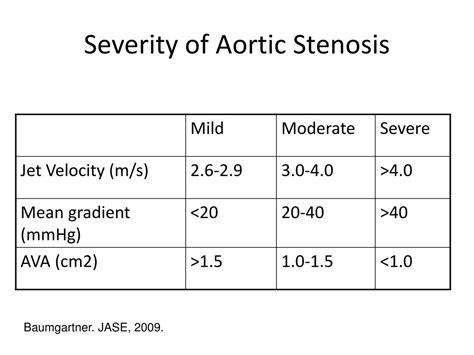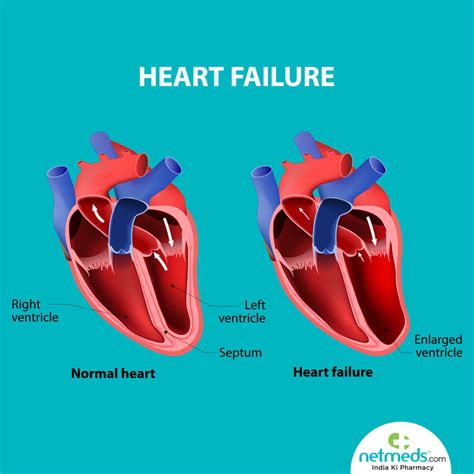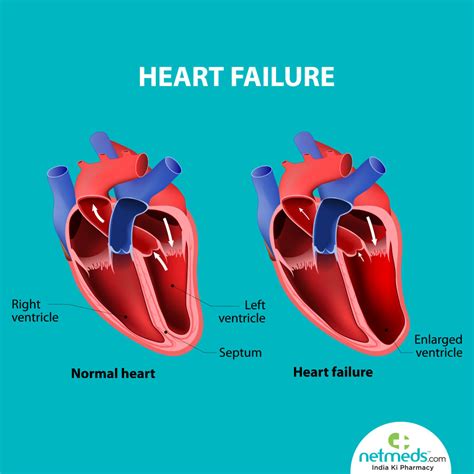what is lv dysfunction Systolic heart failure, also called heart failure with reduced ejection fraction, occurs when your left ventricle can’t pump blood efficiently. It’s a serious condition and can cause damage to other . RUNWAY. Cropped Damier Wool Dandy Jacket. $3,650.00. Embroidered Signature Wool Tailored Jacket. $3,200.00. LV Blason Cotton Napolitana Jacket. $3,200.00. Single-Breasted Wool School Blazer. $4,400.00. RUNWAY. Damier Hounds Tooth Officer Collar Jacket. $3,650.00. RUNWAY. Damier Silk-Wool Mix Cropped Dandy Jacket. $3,650.00. .
0 · lv meaning medical
1 · lv dysfunction symptoms
2 · lv dysfunction meaning
3 · is lvsd life threatening
4 · is left ventricular hypokinesis dangerous
5 · is impaired lv relaxation dangerous
6 · impaired left ventricular relaxation symptoms
7 · grade 2 diastolic dysfunction symptoms
Per page: 15 30 50. Digimon Masters Online > General Discussions > Topic Details. I know that 100% attribute gives an additional 50% damage to your skill damage. But how about normal damage? Does anyone know how exactly extra attribute from your equipment affects your damage output? More specifically normal damage.
Diastolic dysfunction occurs when the lower heart chambers don’t relax properly during diastole. As a result, you may experience pressure buildup in your heart chambers. Over time, diastolic .

lv slouchy bag
Left ventricular dysfunction is the medical name for a weak heart pump. It's a condition that impacts about 9% of people over the age of 60, which is around 7 million . Left ventricular dysfunction (LVD) with subsequent congestive heart failure (CHF) constitutes the final common pathway for a host of cardiac disorders. Coronary artery narrowing or ischaemic heart disease is the .Systolic heart failure, also called heart failure with reduced ejection fraction, occurs when your left ventricle can’t pump blood efficiently. It’s a serious condition and can cause damage to other .

lv meaning medical
As demonstrated by AlJaroudi et al, echo-Doppler progression of diastolic dysfunction can detect LV dysfunction at an early stage and indicates increased risk for future . Uncontrolled high blood pressure is the most common cause of left ventricular hypertrophy. Complications include irregular heart rhythms, called arrhythmias, and heart failure. Treatment of left ventricular hypertrophy .
Left-sided heart failure affects the heart’s ability to pump blood. It includes diastolic dysfunction and systolic heart failure. What Is Diastolic Dysfunction? Diastolic dysfunction is when the heart’s ventricles abnormally stiffen, which prevents the ventricles from relaxing as they should and prevents them from filling up. This disrupts the . Diastolic heart failure causes a stiff left ventricle that prevents the heart from relaxing between beats. Common symptoms include coughing, tiredness, and shortness of breath. Both. Left-sided heart failure. The heart's pumping action moves oxygen-rich blood from the lungs to the left atrium, then on to the left ventricle, which pumps the blood to the rest of the body.
lv dysfunction symptoms
lv dysfunction meaning
Left ventricular dysfunction refers to the condition characterized by dilation of the left ventricle of the heart. It is also associated with the narrowing of blood vessels. The main function of the left ventricle is to pump the oxygen-rich blood to all body parts. Hence, any medical problem that interferes with the pumping of blood by heart .

Left ventricular hypertrophy. Left ventricular hypertrophy is a thickening of the wall of the heart's main pumping chamber, called the left ventricle.
Left ventricular (LV) dysfunction is usually divided into two types, systolic and diastolic. Systolic dysfunction is pump failure, which leads to pulmonary congestion and, if severe enough, to fluid retention, right ventricular (RV) overload, and edema. Diastolic dysfunction is failure of ventricular relaxation, which leads to increased end .
Diastolic dysfunction is a heart condition that happens when there is a “stiffening” of the major pumping chambers of the organ (ventricles).This stiffness gets in the way of the heart’s ability to fill up with blood between heartbeats. Contractile reserve on exercise and LV GLS might allow for earlier detection of early stage but clinically significant LV systolic dysfunction. LV GLS is useful to detect future cardiotoxicity among patients receiving cardiotoxic chemotherapy, and to detect subclinical LV systolic dysfunction among family members of patients with heritable .Onset of LV dysfunction should prompt immediate alteration of the chemotherapeutic regimen because of the associated cardiotoxicity. For such patients, early detection of ventricular dysfunction is imperative. Two-dimensional GLS is a sensitive early marker of . Left ventricular ejection fraction (LVEF) is the central measure of left ventricular systolic function. LVEF is the fraction of chamber volume ejected in systole (stroke volume) in relation to the volume of the blood in the ventricle at the end of diastole (end-diastolic volume). Stroke volume (SV) is calculated as the difference between end-diastolic volume (EDV) and .
LV dysfunction early following cancer treatment (within the first 12 months) Symptomatic ventricular dysfunction is the last stage of cardiotoxicity. It can be potentially irreversible and every effort should be made to avoid reaching this late stage. Left ventricular dysfunction (or LVD) is a type of heart disease, which when coupled with CHF or chronic heart failure can prove deadly for the patient. Prompt treatment of this condition is an absolute must as delays can prove to be fatal for the patient.
Diastolic dysfunction is when your heart can’t relax fast enough after each beat. Diastolic dysfunction raises your risk of death. Here’s what you need to know. Locations: Asymptomatic LV systolic dysfunction (ALVSD), classified as stage B HF, is defined as depressed LV systolic function in the absence of clinical HF (Figure 1).The early initiation of therapies in patients with presumed ALVSD has been shown to lead to better outcomes.[5,6] Nevertheless, there is considerable uncertainty surrounding the current .
Dilated Cardiomyopathy (DCM) is a disease of the heart muscle characterized by enlargement and dilation of one or both of the ventricles along with impaired contractility defined as left ventricular ejection fraction (LVEF) less than 40%. By definition, patients have systolic dysfunction and may or may not have overt symptoms of heart failure. This disease process .Provides diagnostic and prognostic information about LV diastolic dysfunction and chronicity of disease. 3. Apical four-chamber view provides visual estimate of LA and RA size which confirms LA is enlarged. 1.LA dilation is seen in bradycardia, high-output states, heart transplants with biatrial technique, atrial flutter/fibrillation . Left ventricular (LV) systolic dysfunction is associated with a >8-fold increased risk of subsequent heart failure and nearly a 2-fold risk of premature death. 1 Although early diagnosis can effectively lower this risk, 2–4 .
INTRODUCTION. Asymptomatic left ventricular systolic dysfunction (ALVSD) is defined as depressed LV systolic function in the absence of heart failure (HF) symptoms, which is called "stage B HF" in the American College of Cardiology/American Heart Association guidelines []. (See "Approach to diagnosis of asymptomatic left ventricular systolic dysfunction", section .
is lvsd life threatening
Impairment of left ventricular (LV) diastolic function is common amongst those with left heart disease and is associated with significant morbidity. Given that, in simple terms, the ventricle can only eject the volume with which it fills and that approximately one half of hospitalisations for heart failure (HF) are in those with normal/’preserved’ left ventricular . Similarly, information on LV function was obtained from the Inclusion Criteria page (LV dysfunction with an EF ≤40% by echocardiography, radionuclide study, or contrast angiography) and the Assessment of Left Ventricular Function page which recorded EF or LV dysfunction category (normal, mild, moderate, or severe), whether an evaluation of LV . In systolic heart failure, the left ventricle becomes weak and can't contract and work the way it should. There's no cure, but you can make lifestyle changes to help treat it. Left ventricular hypertrophy is caused when the heart has to work harder to pump blood to the body. There's no cure, but treatment can help.
LV hypertrophy is a normal physiologic response to pressure and volume overload. Like any muscle, the heart grows bigger when it is forced to pump harder. In LV hypertrophy, the muscle fibers in .
Opinion paper on the association between endothelial dysfunction and left ventricular diastolic dysfunction in development of coronary artery disease and heart failure. . Left ventricular (LV) cardiac function depends mainly on the two large myocardial layers – the fibers of the midwall, which are circumferentially oriented, and fibers that .Moreover, in LV dysfunction due to CAD, response to CRT is affected by other factors including location and extent of myocardial scar, LV lead position, right ventricular function, extent of cavity dilatation, and mitral regurgitation. At present, echocardiographic criteria for mechanical dyssynchrony are not integral to guidelines for CRT . The condition is the most common discharge diagnosis for patients older than 65 years 1 and is the most expensive disease for Medicare. 2 Systolic and diastolic dysfunction can cause CHF. 3 All .
Treatment. Treatment for left ventricular hypertrophy depends on the cause. It may include medicines, catheter procedures or surgery. It's important to manage conditions such as high blood pressure and sleep apnea, which can cause blood pressure to be higher. Coronary artery disease (CAD) is the most common cause of left ventricular dysfunction and heart failure (ischemic cardiomyopathy [ICM]). The increasing sophistication of coronary artery bypass grafting (CABG) and percutaneous intervention (PCI) raises important questions about the appropriate role of revascularization, CABG, or PCI in treating patients . Heart failure (HF) remains a prevailing cause of cardiovascular morbidity and mortality globally despite advancements in therapies and preventive measures. The Centers for Disease Control and Prevention (CDC) estimates that 6.7 million individuals aged 20 or older in the United States are affected by HF. It is anticipated that the prevalence of HF will increase to .
is left ventricular hypokinesis dangerous
Please enable JavaScript to view the page content. Your support ID is: 304082769766747422. Please enable JavaScript to view the page content.Your support ID is .
what is lv dysfunction|grade 2 diastolic dysfunction symptoms



























